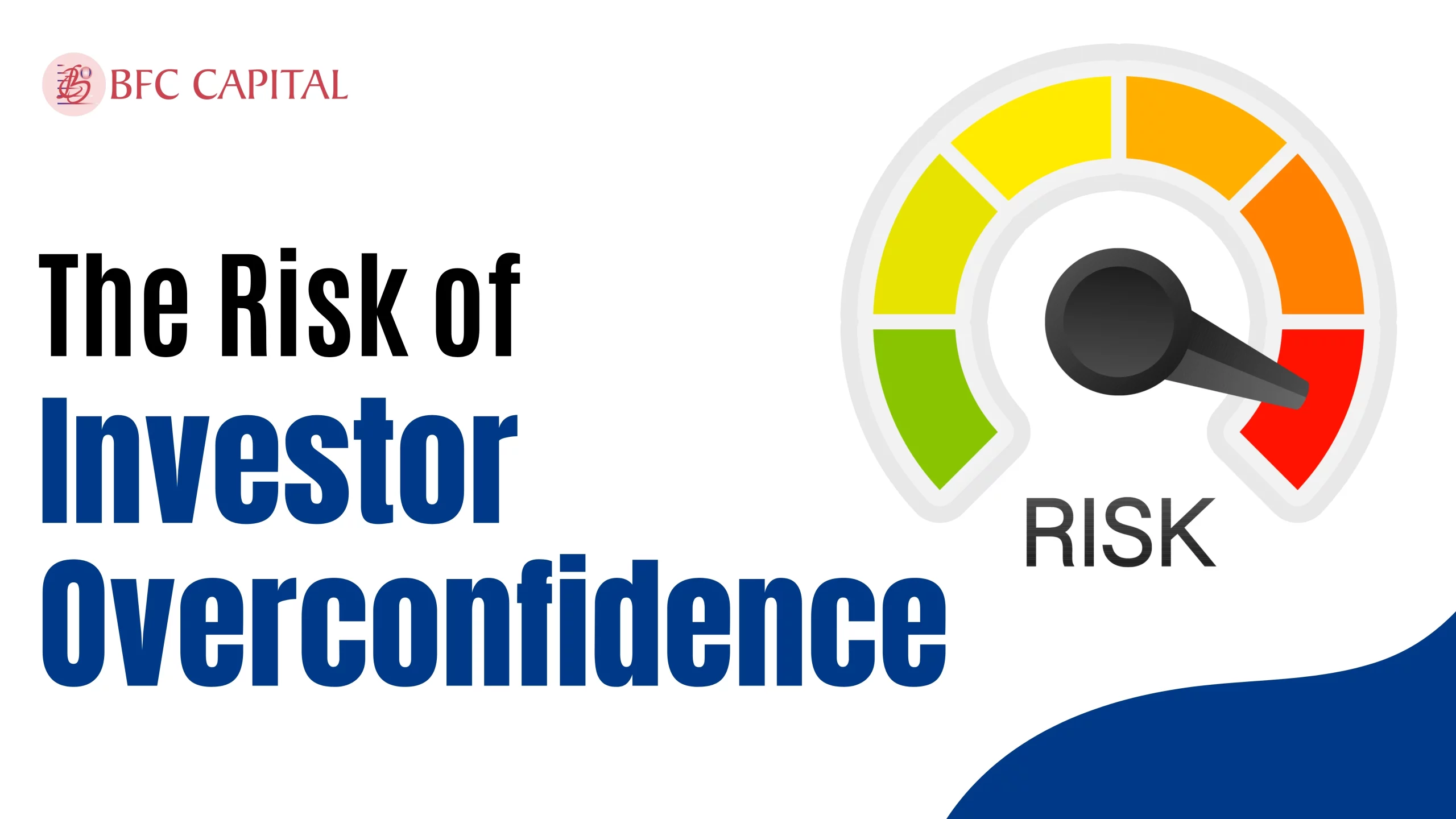
Starting something new can be daunting for all of us, even more so when it involves finances. That’s probably how investors feel when they finally decide to start investing. Most investors find the jargon of mutual funds confusing as so many concepts are associated with it. However, being familiar with these terms can be beneficial as they are very commonly used in the world of investment. So if you need help with mutual funds and their jargon, we’ve got you covered as the blog discusses 7 must-know mutual fund terms for investors to know before they start their investment journey.
Net Asset Value (NAV)
Net Asset Value, or NAV, is the market price of a mutual fund unit. It is calculated by dividing the total assets of a fund by the total outstanding units in the market. NAV serves as an indicator of a fund’s performance over time. By monitoring the NAV of a fund, you can assess how well it is performing and use this information to make informed investment decisions. If the current NAV of your fund is higher than the price at which you purchased it, then you are making a profit, and the fund is performing well. Conversely, if the current NAV is lower than the purchase price, you may be experiencing a loss.
Asset Under Management (AUM)
Assets Under Management or AUM refers to the total corpus of a mutual fund scheme accumulated through the contributions of its investors. However, the term is also used to signify the volume of money under an AMC’s advisement. It often symbolises trust and quality, as reputable AMCs tend to have larger AUM and more investors. A larger AUM can indicate that a fund is popular and has a strong track record, which can be reassuring for investors. However, the AUM fluctuates marginally daily due to regular investments and withdrawals made by investors. Investors must consider AUM as one of the most important parameters to evaluate an AMC’s performance and credibility.
Expense Ratio
The expense ratio is the annual fee a fund charges to cover its operational expenses, expressed as a percentage. These charges could include administrative costs, fund management or advertising costs, audit fees, and insurance premiums paid by the fund. The Securities and Exchange Board of India (SEBI) determines the maximum allowable expense ratio for different types of funds like equity, hybrid, debt, etc. Investors must check the expense ratio of funds before investing in them, as they can significantly affect returns.
Exit Load
When an investor withdraws their investment from a fund, the fund house may charge an exit load fee. This fee is usually a percentage of the net asset value (NAV) and is deducted at the time of redemption. The purpose of this fee is to discourage investors from withdrawing their funds too quickly. Exit load can differ depending on the type of fund and duration of the investment. It is essential that investors carefully consider the exit load fee before making their investment.
Rupee Cost Averaging
Rupee cost averaging is a concept commonly associated with SIPs, in which investors make periodic investments to purchase mutual fund units. When the NAV is high, the investment results in fewer units; when prices are low, they receive more units. This aids in averaging out the entire costs of purchasing the complete units, which investors may buy at a greater price in a lump sum investment.
New Fund Offer (NFO)
A New Fund Offer is when a mutual fund company introduces a new scheme to raise capital for purchasing securities. This offer is available for a limited period and is offered to the public at a base rate, allowing investors the opportunity to enter the scheme in its initial stage and benefit from its potential to generate healthier returns in the long term. However, it is important to thoroughly research the fund and the mutual fund company before investing.
Capital Gains
The profit earned on selling securities and other capital assets like mutual fund units is referred to as capital gains. Whether it’s considered short-term or long-term capital gain depends on how long the investor holds the investment. For example, selling an equity fund investment within a year of holding it or selling a debt fund investment within 3 years would both be considered short-term. The amount of capital gains tax the investor will have to pay when they redeem their investments depends on how long they hold them.
Conclusion
When investing in mutual funds, it’s essential to comprehend the frequent terms used and their implications for achieving financial goals and earning a good return on investments. Although financial jargon can be confusing, investors must acknowledge investment-related terms. Becoming familiar with fundamental terminologies can aid in assessing fund performance, understanding how they operate, and comprehending various scheme types.
Please let us know your thoughts on this post. Feel free to leave a reply in the comments section below. Also, don’t forget to check out our latest post, “Why Should You Invest in NPS?“

Assistant Vice President – Research & Analysis
Akash Gupta heads the Research & Analysis department at BFC CAPITAL, where he combines in-depth market insights with strategic analysis. He holds multiple certifications, including:
- NISM-Series-XIII: Common Derivatives Certification
- NISM-Series-VIII: Equity Derivatives Certification
- NISM-Series-XXI-A: Portfolio Management Services Certification
- IRDAI Certification
With his expertise in equity, derivatives, and portfolio management, Akash plays a key role in providing research-backed strategies and actionable insights to help clients navigate the investment landscape.







